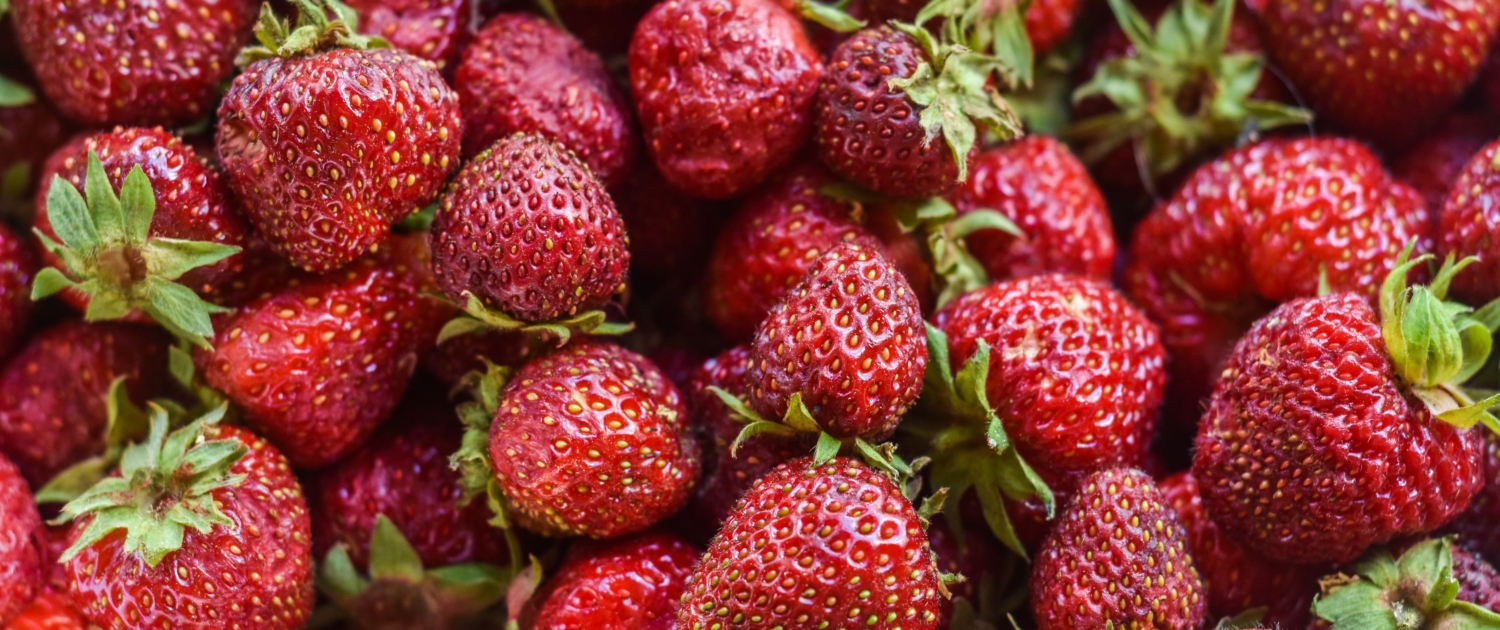Effects of Climate Change on Diets
Many Indigenous communities undertake hunting, fishing, and other resource-based activities for subsistence. Climate change is likely to dramatically alter the abundance and distribution of wildlife, fish, and vegetation. As a result, food supplies and economic livelihoods of many Indigenous peoples would be in jeopardy (Last et al., 1998; Weller and Lange, 1999).
Indigenous peoples traditionally consumed a diet that consisted of food that they hunted, fished, trapped and gathered on the land. Traditional food is nutritionally better for Indigenous peoples than non-traditional food and provides protection against diseases. Some Indigenous communities still try to follow a traditional diet, but the effects brought on by climate change threaten this way of life. Climate change will affect the distribution, abundance, behaviour, and structure of animal and plant species in Canada. Changes in traditional food gathering activities will increase the reliance on store-bought foods, which are expensive and nutritionally different than traditional foods.
A change in food sources is also associated with a decrease in physical activities, such as hunting, hiking or even recreational activities (such as hockey or soccer), which has lead to an increase in health problems. Climate change can decrease the amount and types of traditional activities, and can also have an impact on the amount of recreational activities for youth. In warmer winters, ice may not freeze and therefore skating is not possible. Summer heat and increases in insect migration may affect outdoor activities, by increasing the comfort level of community members but by also exposing them to health risks associated with insect-borne diseases such as West Nile Virus.


